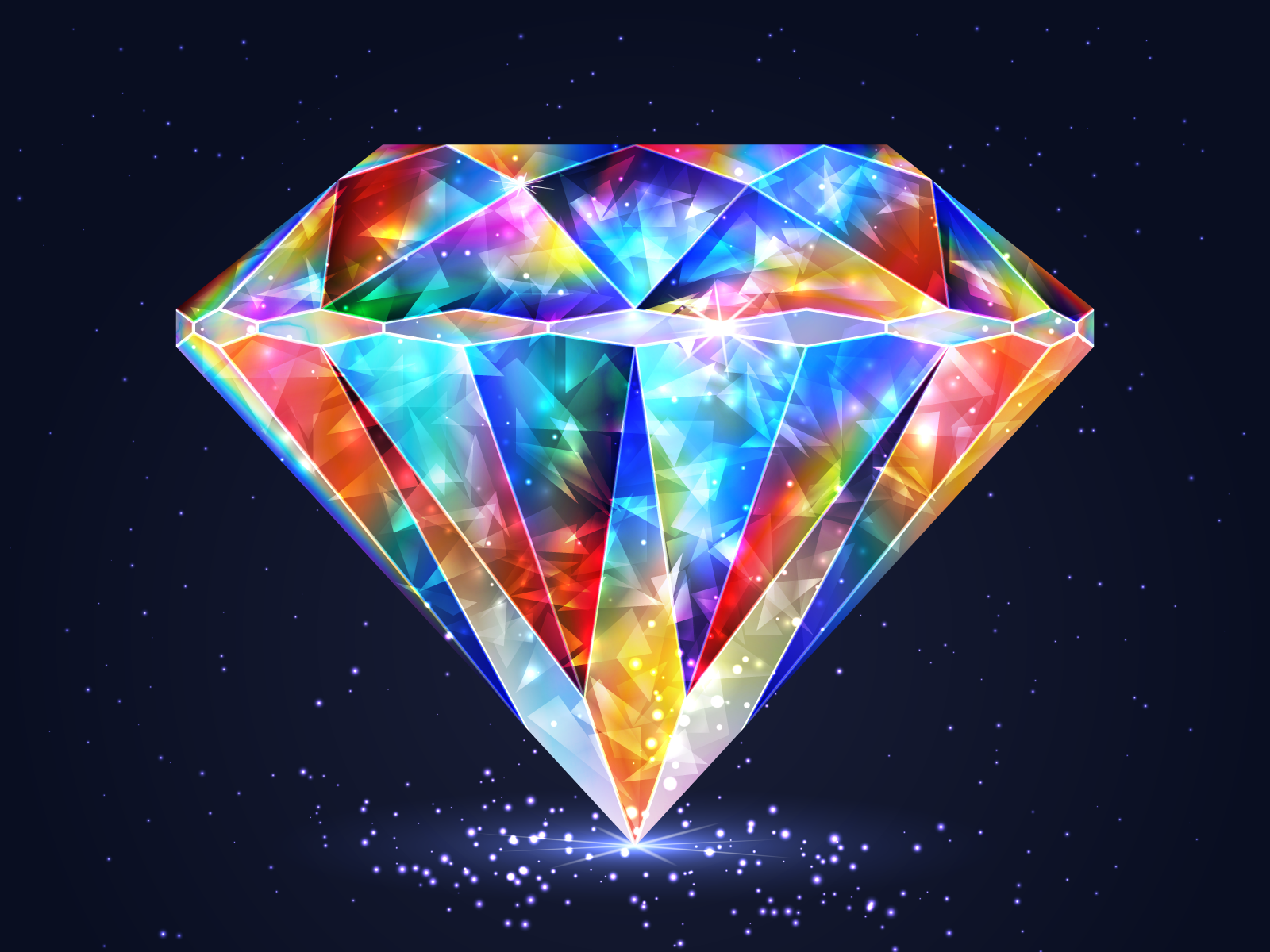
When it comes to purchasing a diamond, the carat weight is often a leading factor influencing both desirability and price. However, not all carats are perceived equally, as the appearance of size varies considerably across different diamond shapes. This article delves into the nuances of diamond shape and carat size, exploring which shapes appear larger than others and the underlying factors that contribute to this visual perception.
Understanding how different diamond shapes affect perceived size is paramount for discerning buyers. The appearance of a diamond’s size can be influenced by several elements, including the cut, the depth-to-width ratio, and even the settings used. Thus, it is essential to grasp these facets to make an informed choice.
The Role of Carat Weight
Carat weight is a unit that measures the weight of diamonds, with one carat equating to 200 milligrams. While it seems straightforward, the actual appearance of a diamond can vary significantly based on its shape. For example, a one-carat round diamond may appear smaller than a one-carat oval diamond due to the way light interacts with their respective cuts. Understanding this disparity can help consumers choose a shape that maximizes their perceived size without necessitating an increase in carat weight.
Round Brilliant Cut
The Round Brilliant Cut is the most popular diamond shape, renowned for its ability to reflect light effectively. Its symmetrical shape and multiple facets allow for superior brilliance, though it may not appear the largest for its carat weight. Typically, a Round Brilliant Cut diamond may seem slightly smaller than other shapes due to its depth, which can affect how the light travels through the stone.
Oval Cut
On the contrary, the Oval Cut diamond tends to give the illusion of greater size. Its elongated shape allows it to cover a larger area when viewed from above, making it appear more prominent for its carat weight. This shape also benefits from the same brilliance as the Round Cut, enhancing its visual appeal. The length-to-width ratio plays a pivotal role here; a well-proportioned oval can appear significantly larger, making it an excellent choice for those seeking an impressive look.
Princess Cut
The Princess Cut is another popular choice and, similar to the Round Cut, offers a brilliant display of fire and sparkle. However, its squarish form can often maximize the table surface area, allowing it to appear larger than its round counterpart. The Princess Cut’s sharp corners can create an impression of depth, which some perceive as larger than it physically is. An average princess cut will often appear slightly larger than a round of the same carat weight, making it a favored option among buyers.
Emerald Cut
Contrary to the round and oval shapes, the Emerald Cut is characterized by its rectangular form and step-cut facets, which enhance clarity and showcase the diamond’s internal characteristics. While it may not scintillate in the same manner as the round or princess cuts, an Emerald Cut diamond can appear larger due to its elongated shape. The vast surface area and lower depth create the illusion of more size, distinguishing it as a unique choice for those who prefer elegance over sparkle.
Marquise Cut
The Marquise Cut, with its elongated, boat-like shape, also tends to maximize perceived size. Its design can make it look larger than it is, as the pointy ends create an effect of length, drawing the eye. Moreover, Marquise Cut diamonds can have remarkable brilliance, contributing to their appeal. However, one must be cautious about proportions; a well-balanced marquise cut will display maximum perceived size while ensuring aesthetic harmony.
Pear Shape
Pear-Shaped diamonds, often referred to as teardrop diamonds, can also create a larger appearance on the finger due to their unique outline. The pointed end enhances the effect of elongation, giving the illusion of increased size, while the rounded side maintains classic elegance. This shape has a dual-purpose appeal—offering both flamboyance and an elegant silhouette, making it a popular choice for sophisticated settings.
Cushion Cut
The Cushion Cut combines the soft, rounded edges of a traditional round shape with the square structure of a princess cut. This hybrid shape often appears larger than its carat weight suggests. With its larger facets that interplay with light, a cushion cut diamond can enhance visual size, providing an interesting alternative for those who desire vintage aesthetics alongside substantial size appearances.
Factors Influencing the Perception of Size
Beyond shape, various other factors contribute to how large a diamond appears, including:
- Depth and Table Percentage: The depth-to-table ratio impacts how light enters and exits the diamond, affecting its overall brilliance and thus its perceived size.
- Color and Clarity: Diamonds with higher color grades and clarity levels can appear larger due to their enhanced brilliance and light performance.
- Setting Style: The kind of setting used can also impact the visual size of a diamond. A well-chosen setting can accentuate the diamond and enhance its apparent size.
Conclusion
Choosing a diamond is a multifaceted decision that extends beyond mere carat weight. Various shapes exhibit unique visual traits that can significantly influence how large a carat appears. While preferences will vary based on individual taste and style, understanding the characteristics of each diamond shape can empower consumers to make informed choices. For those seeking an impactful visual presence without necessarily opting for larger carat weights, oval, marquise, and emerald cuts stand out as commendable options. Ultimately, selecting the right shape is key to achieving the desired balance between size, beauty, and personal expression.
